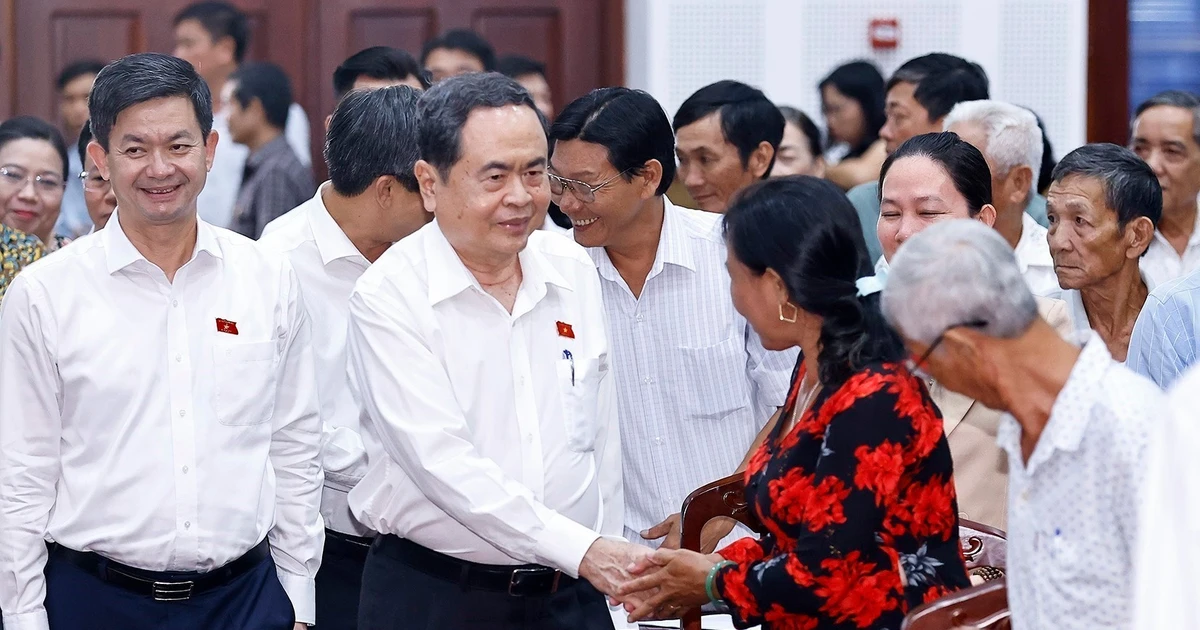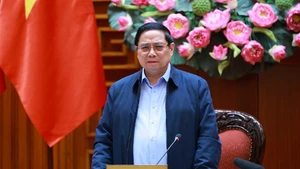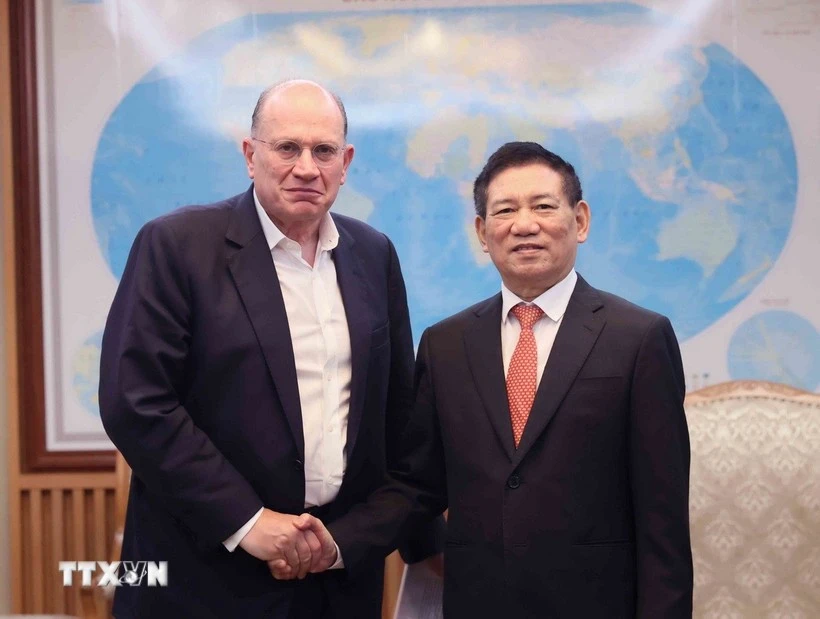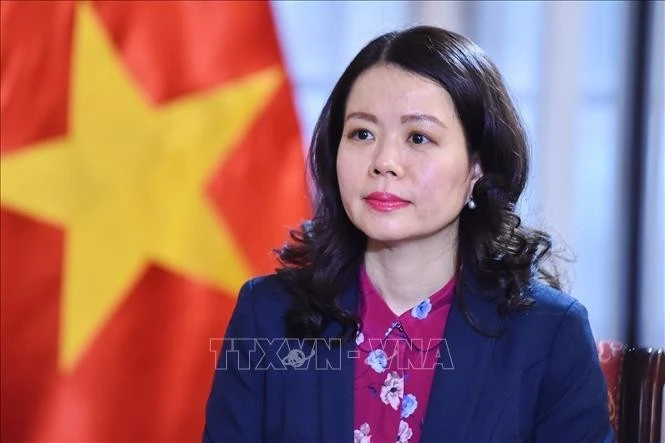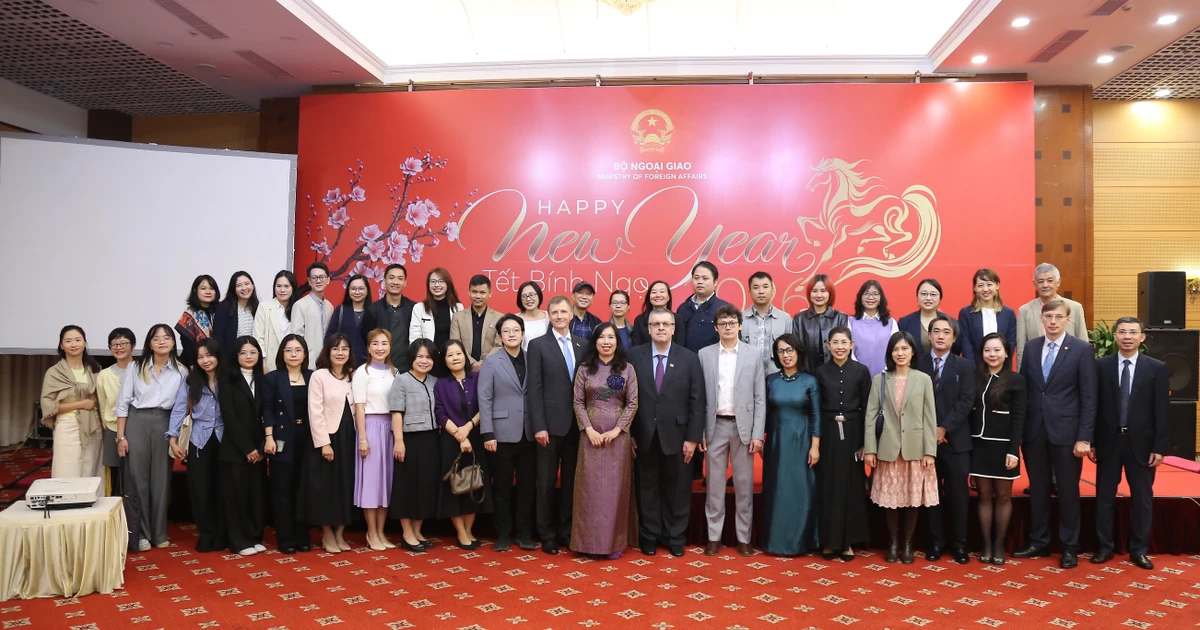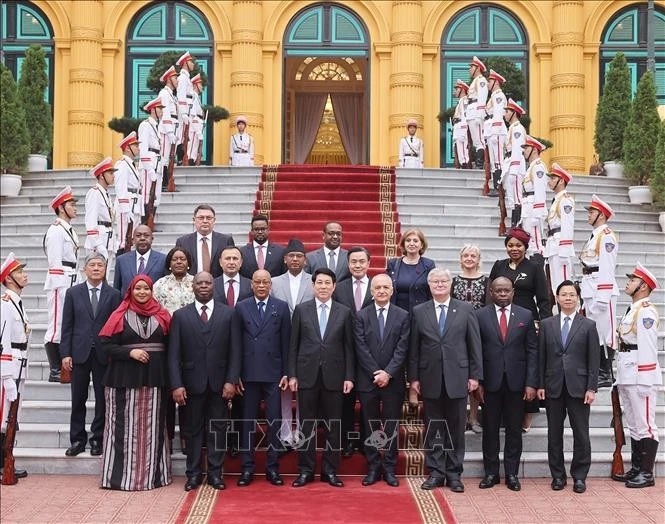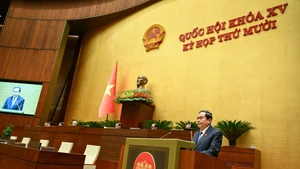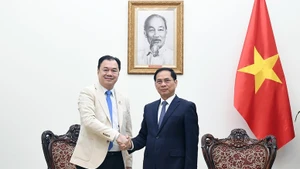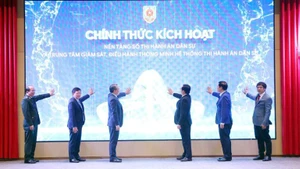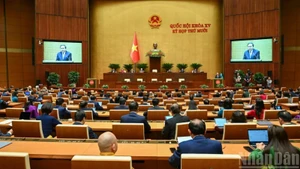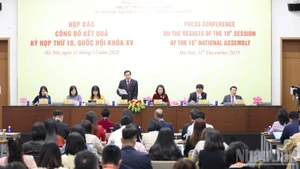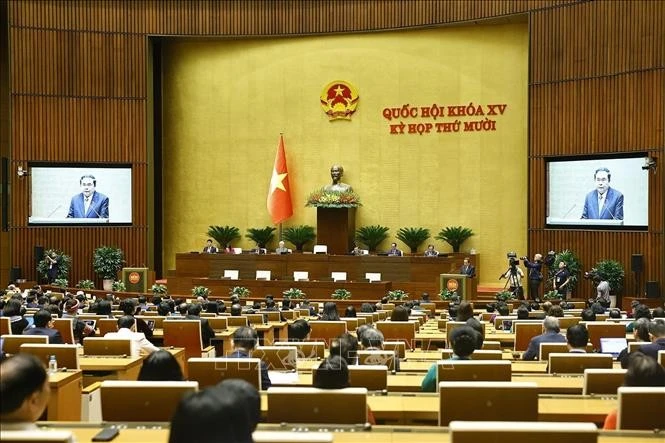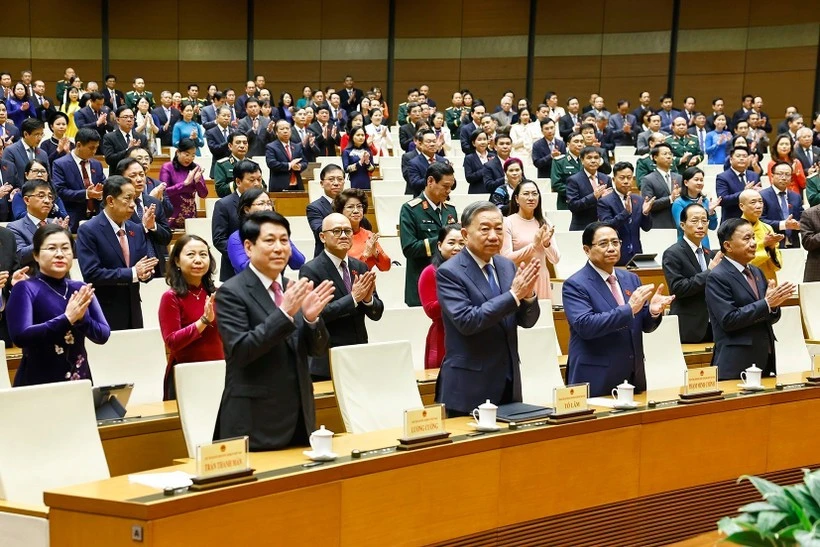Heroism and responsibility
Before March 1975, 15% of Quang Tri’s land in the south was still under the control of the Saigon regime. The campaign to fully liberate Quang Tri reached its peak at midnight on March 9, 1975, when Vietnamese forces eliminated the Mai Linh Military District of the opposition. By the end of March 19, 1975, the entire Saigon government army in Hai Lang District had fled to Thua Thien-Hue, and Vietnamese forces successfully liberated Hai Lang District. Quang Tri was freed.
Rising from pain and devastation, Quang Tri courageously took on the responsibility of unity and reconciliation, rebuilding its homeland with immense gratitude and deep respect for the nation’s past. The province has over 100 administrative units at the commune level, and almost every commune has been honoured with the title of "Heroic Commune."
Currently, three districts—Cam Lo, Vinh Linh, and Hai Lang—have been recognised by the Prime Minister as meeting new rural development standards. Many communes are striving to achieve advanced and model new rural development status. The province's infrastructure is being strategically and selectively invested in. The material and spiritual life of the people continues to improve. By March 2025, the average income is expected to reach 82 million VND per person, more than 25 times higher than in 1990.
Industrial and service development
Nguyen Dang Quang, Permanent Deputy Secretary of the Provincial Party Committee and Chairman of the People's Council of Quang Tri Province stated that Quang Tri is entering a new era with the development mindset of an industrial-service province. A key political priority is investing in and completing transportation infrastructure, particularly Quang Tri Airport and My Thuy Deep-Water Port.
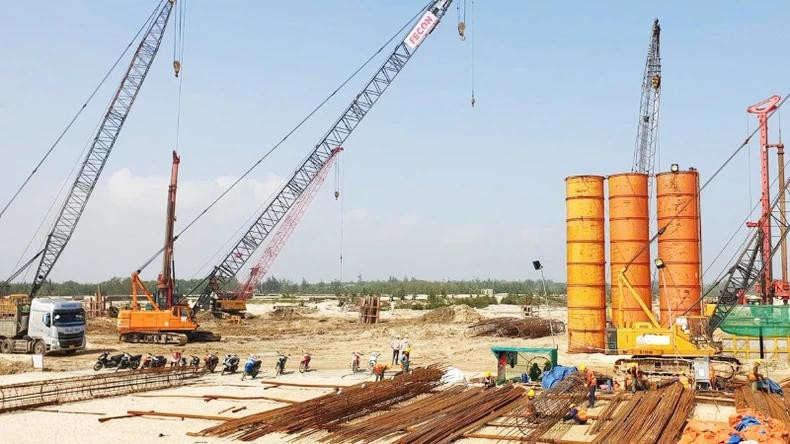 |
| The construction site of My Thuy Deep-Water Port in Hai Lang District |
Located in a strategically significant position, Quang Tri has great potential to develop into a strong, well-rounded province. It aims to become a comprehensive economic hub in the North Central and Central regions, a key logistics and transhipment centre for Southeast Asia, and a vital node in regional transportation corridors, including ASEAN and the Mekong subregion. By 2030, Quang Tri’s key objectives include becoming the central hub for clean energy in Central Vietnam, making tourism a spearhead economic sector, and developing high-quality, efficient logistics infrastructure.
The coastal area and Con Co Island are focal points for developing the gas industry, multi-sector industries, logistics, integrated tourism and service zones, coastal urban areas, and environmentally friendly seafood farming and processing complexes. The province also focuses on developing the Southeast Economic Zone and the Cua Viet–Cua Tung–Con Co tourism area. By 2050, Quang Tri aims to establish itself as a province with a strong economy primarily driven by industry and services, serving as the growth engine of the North Central and Central regions, while ensuring national defence and security.
According to Comrade Nguyen Dang Quang, Quang Tri is resolutely pushing forward with key projects and investment initiatives. Quang Tri Airport is under construction, with the aircraft parking area completed, and major components being built, aiming for operational readiness by June 2026.
Meanwhile, My Thuy Deep-Water Port, a special-class maritime project, is accelerating its construction progress. The province aims to complete two port terminals capable of accommodating 30,000–50,000-ton ships by the end of 2025. By 2026, two additional terminals will be built to accommodate 100,000-ton ships. These projects play a crucial role in attracting investment, maximising advantages in port services, maritime transport, and related services, and strengthening regional development links.
Additionally, the Hai Lang Liquefied Natural Gas (LNG) Power Project in the Southeast Economic Zone of Quang Tri, with a Phase 1 capacity of 1,500 MW, is finalising its feasibility study report and adjusting relevant plans and investment policies. The coastal road project connecting the East-West Economic Corridor is being rapidly constructed. Quang Tri Industrial Park is bustling with machinery, racing to complete infrastructure and attract secondary investors.
The province focuses on effectively implementing its approved master plan while continuing to refine the master plan for the Southeast Economic Zone of Quang Tri. This provincial master plan serves as a key reference for businesses, investors, and partners to explore, research, and promote investment. Quang Tri’s planning aligns with regional development strategies, corporate interests, and deeper global integration. The province prioritises policy development and mobilising all resources—including state capital, public-private partnerships, and direct and indirect investments—to effectively utilise all legal funding sources, driving growth momentum forward.

